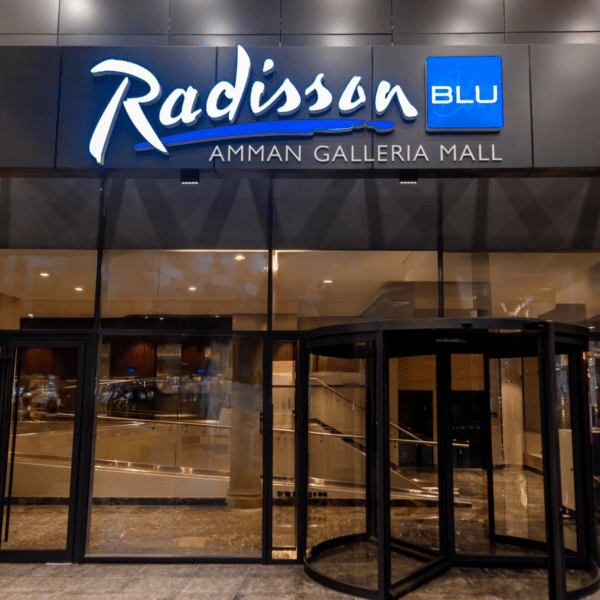 Let’s look long-term at what we’ve learned thus far from COVID-19. Every smart hotelier already knew that more automation was coming and that we would need to sharpen our use of our PMS and other core parts of the tech infrastructure. Now that the pandemic has compressed this evolution from a decade into a matter of months, we must look at how we can build revenues amongst our leisure or transient customers in light of a slow return of other segments.
Let’s look long-term at what we’ve learned thus far from COVID-19. Every smart hotelier already knew that more automation was coming and that we would need to sharpen our use of our PMS and other core parts of the tech infrastructure. Now that the pandemic has compressed this evolution from a decade into a matter of months, we must look at how we can build revenues amongst our leisure or transient customers in light of a slow return of other segments.
Generating more on a per-guest basis means that we must think holistically about how all our operations intersect in terms of capturing the most revenue per available guest (RevPAG) or total revenue per available guest (TRevPAR) through the proficient convergence of guestrooms, F&B, spa, parking, golf, activities, gift shop and any other chargeable amenity. (To reduce confusion, let’s stick with the RevPAG acronym from here out.)
In today’s hospitality landscape where guests demand an end-to-end contactless experience, the only way to achieve this goal of generating more ancillary capture is through the deployment of integrated technologies so that the purchase of these amenities is made as easy and as frictionless as possible, all without burdening a hotel’s already overworked teams.
As background research for this central industry development, we sat down with Frank Pitsikalis, CEO of ResortSuite, a PMS provider based out of our hometown of Toronto, where he added, “What we’ve keenly observed through discussions with our clients is that the post-pandemic traveler wants a high touch hotel experience but without any physical touchpoints. They value privacy above all else, where every service must be available in seamless self-serve manner, both prearrival within the booking engine and via the website or a branded app once guests are onsite.”
Indeed, hotels have already addressed the new demand for this ‘seamless self-serve’ with guest messaging apps, self-check-in or check-out, mobile room keys and a myriad of other software integrations. While these features are essential for safe operations, most aren’t prompting or encouraging guests to spend more. Hence, once the more immediate concerns for Covid are resolved, hoteliers must find ways to optimize revenues from the currently limited pool of customers.
When reviewing what hotels can do in this regard with Pitsikalis, first to mind is having the ability to guide guests through a series of amenities that will enhance their experience right from the room reservation window. From the ResortSuite properties that we demoed together, the most common ways to boost RevPAG were for dining and spa appointment as well as in-room arrival amenities.
One specific resort example highlighted which uses the PMS, the Watergate Bay Hotel near Cornwall in the United Kingdom, has experienced a sizeable increase in online dining and activity reservations since marrying these options to the website’s booking engine. Significantly, with physical distancing measures in place, such prearrival prompting has worked to ensure that hotel guests always have a spot at one of the hotel’s two restaurants without a reservationist or restaurant supervisor having to reach out individually in the week prior. This is due to the reduced capacity allowances whereby walk-ins from locals may swoop in to claim all available seats at the popular eateries, leaving hotel guests without reservations to fend for themselves – and reflecting poorly on the incumbent property.
Whereas before there was some rigidity to properly integrating these points of sale directly with the PMS, the Covid crisis has brought to light a pressing need for holistic integrations like this. Making it easy for guests to book additional services in a contactless manner will not only heighten total revenues and give you deeper data from which to refine your future marketing approach, but it will also help rein in staff costs because manual transfer between disconnected systems is no longer necessary and more prearrival service arrangements will let you better forecast upcoming labor requirements.
As an essential caveat at this juncture, such tech upgrades designed to enhance RevPAG should in no way detract from a hotel’s continued commitment to proper sanitization and cleanliness. Rather, our hypothesis is that these safety promises have rapidly become guest expectations and will not act as core drivers for room bookings. Guest privacy and the ability to deliver a host of services via touchless software portals will in fact work to boost occupancy and overall customer satisfaction.
That is, there is a critical and often understated relationship between post-departure guest survey results and service utilization. The general trendline herein is that the more a visitor uses a hotel’s amenities, the more they will enjoy their stay. With this in mind, getting guests to eat at your restaurant, complete a spa treatment or sign up for a half-day activity will halo positively back onto the core product – the hotel’s rooms – in the form of improved online reviews, word of mouth and return visits.
My hope is that by explaining how important it is to now connect everything online, you’ll use the months ahead to map out what technologies you need to make it easier for guests to purchase your services in a contactless manner. Only then can you maximize total revenue and develop a healthier approach to operating in any travel marketplace.



















